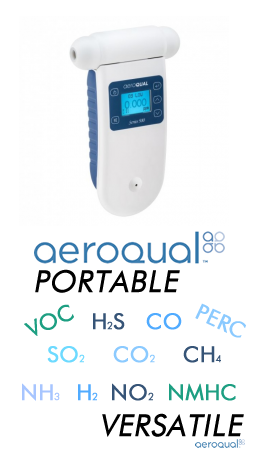Arsine Information

Arsine
|
Other Names |
Arsenic trihydride, Arsane, Arsenic hydride, Trihydroarsenic |
|
Chemical Formula |
AsH3 |
|
CAS Number |
7784-42-1 |
|
Industry Uses |
Microelectronics, Forensic Science |
|
Health Risks |
Headaches, Nausea, Dizziness; Hemolytic Anemia, Kidney Disease, Death. |
|
Vapor Pressure |
14.9 atm |
|
Water Solubility |
Soluble |
|
Flammability |
Very Flammable |
|
Odor |
Garlic-like or fish-like at high concentrations |
What is Arsine:
Arsine is an inorganic compound that is a colorless, denser-than-air gas. It is slightly soluble in water (20% at 20°C) and many other organic solvents. Arsine itself is odorless, it is possible to smell a slight garlic-like or fish-like scent at high concentrations. Arsine is relatively stable chemically, but is extremely flammable and highly toxic. Arsine is present in the synthesis of semiconducting materials related to microelectronics and solid-state lasers. Arsine is also capable of being used as a chemical warfare weapon as the gas is colorless, almost odorless, and denser than air. It is lethal in concentrations far lower than what is required to be able to detect an odor. Arsine is well-known in forensic science because it is a chemical intermediate in the detection of arsenic poisoning.
Arsine Exposures and Health Risks:
Arsine is extremely toxic and is lethal at low concentrations. The primary route of exposure is inhalation, but poisoning due to skin contact is possible. Arsine attacks hemoglobin causing symptoms of headaches, vertigo, and nausea. Symptoms can take several hours to become apparent. Symptoms lead to hemolytic anemia, hemoglobinuria, and nephropathy. In extreme cases, severe kidney damage can occur and persist. Exposure to arsine concentrations of 250 ppm is rapidly fatal. Concentrations of 25-30 ppm are fatal after 30 minute exposure time, and concentrations of 10 ppm can be fatal at longer exposure times. Symptoms of poisoning will occur after exposure to concentrations of 0.5 ppm. Skin contact with arsine will cause burns but is not usually toxic unless at high concentration or extended exposure time.
Regulations:
The table below summarizes the most-recent exposure limits.
|
Limit/Level |
Type |
Organization |
|
Not Recommended |
AEGL-1 (8 hrs) |
EPA |
|
0.02 ppm |
AEGL-2 (8 hrs) |
EPA |
|
0.91 ppm |
AEGL-3 (10 min) |
EPA |
|
0.06 ppm |
AEGL-3 (8 hrs) |
EPA |
|
0.002 mg/m3 |
Ceiling (15 min) |
NIOSH |
|
0.05 ppm |
PEL (8 hrs) |
OSHA |
Measuring Arsine: What type of Arsine component are you looking for?
| Fixed Mount | Handheld | Dissolved Kits: | Replacement Sensors: | Calibration Gas: | Rentals: |
 |
 |
 |
 |
 |
 |
All sensors require a yearly calibration to ensure your gas measurements are accurate and performing within manufacturer standards. This page is desiccated to the individual manufacturers we represent and their specific calibration procedures.
**Calibration Service Request Form **
|
Calibration costs do vary, see below to get an estimate: Calibration Fee: $150 Analyzer Calibration Fee: $300 PM Calibration Sensor Fee: $330 Genie Calibration Fee: $265 ATI Calibration Fee: $205 ** note that prices are subject to change per labor and parts required. |
Contact us for help choosing the right Arsine Sensor for your application















